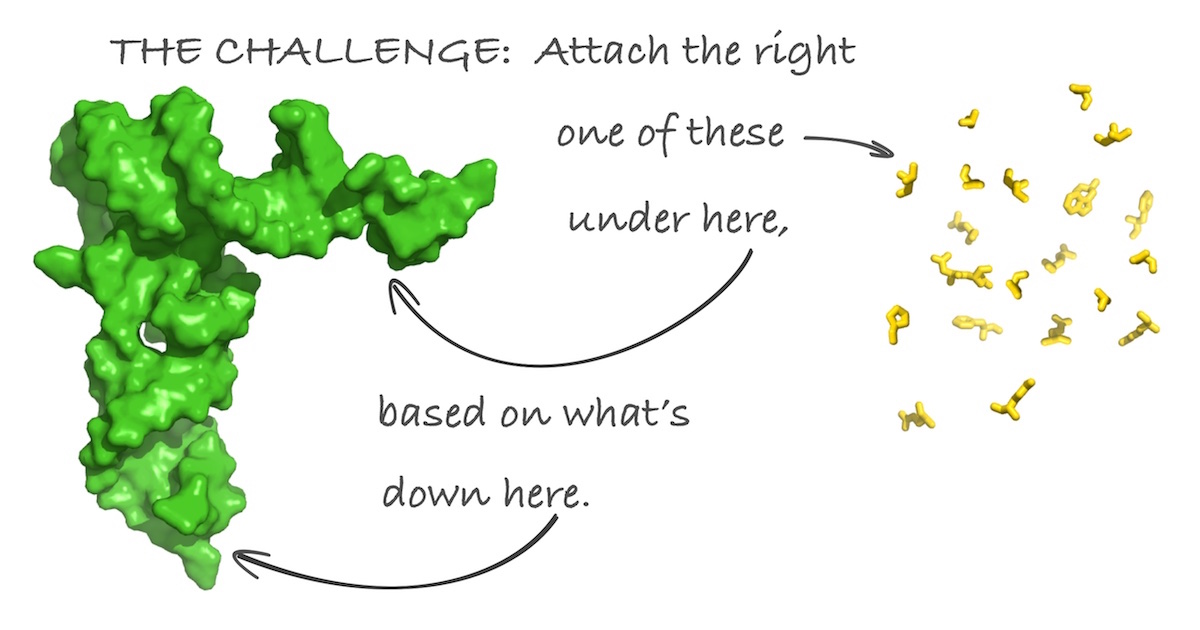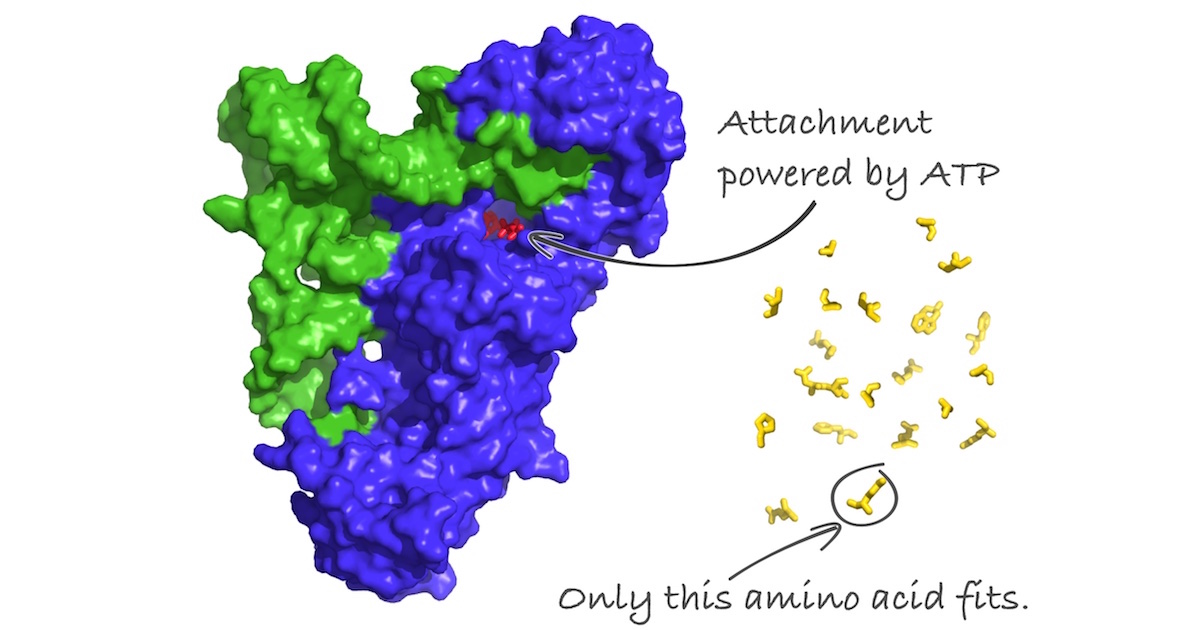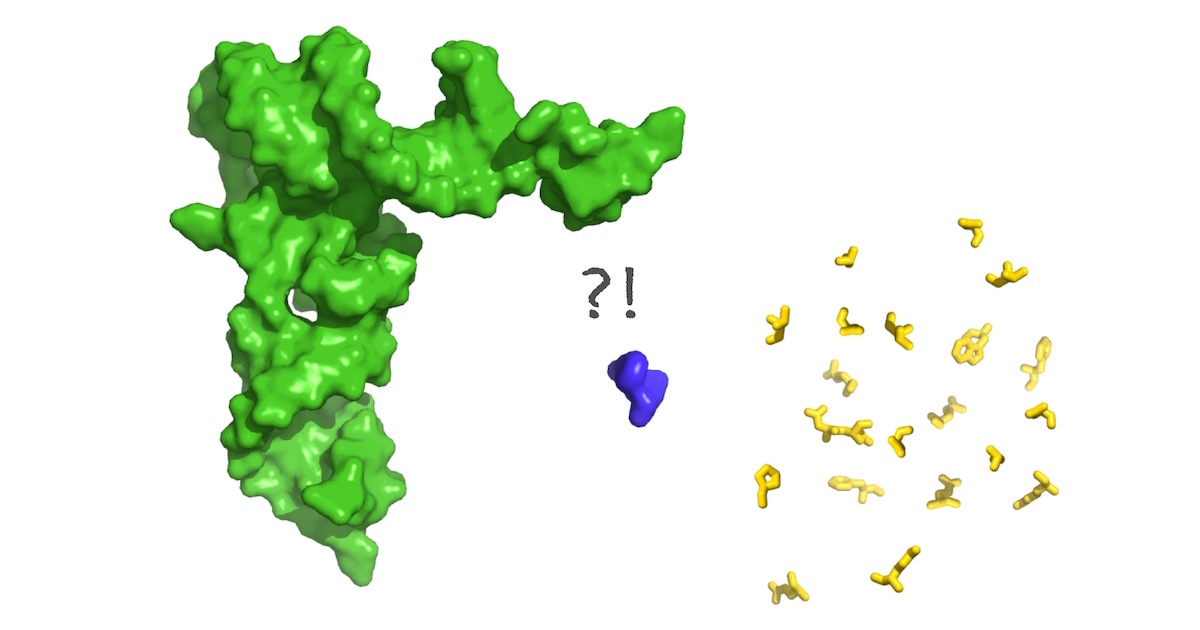How Curiosity Overcomes the Yuck Factor: A Positive Take on Negative Reviews
Douglas Axe | @DougAxe
I’ve been arguing that intelligent design explains life better than Darwin’s theory for long enough to be familiar with reactions that amount to little more than disgust — the yuck response. Usually I take that response as a sign that I need to move on to more receptive listeners, but I was recently reminded that the yuck response doesn’t always end the discussion. A colleague of mine — a former Darwinist who now sees life as designed — told me how he came to change his view several years ago. It was curiosity that bumped him out of the Darwinian rut, by compelling him to give a few of the best books on intelligent design a serious read.Kriti Sharma’s yuck reaction to my book, Undeniable: How Biology Confirms our Intuition That Life Is Designed, in her recent review suggests she might be stuck in that same rut. She read the book, but not very seriously.
Sharma, a PhD biology student at the University of North Carolina at Chapel Hill, describes giving lectures to other students on the evolutionary divergence between clams and snails. According to the evolutionary story, something quite different from modern clams or snails had descendants that became modern clams and snails in all their great variety. Anyone with an appreciation of all the distinct biological marvels represented by that variety should be struck by the magnitude of this claim. Add just a dash of curiosity to that awe, and you start to wonder how a blind evolutionary process could actually pull it off. How can something utterly devoid of insight possibly appear so insightful?
Sharma’s vagueness on this point is the familiar sign that curiosity hasn’t yet kicked in. She says evolution gets lots of trials with lots of feedback, each small step depending on the prior step. She seems satisfied with that. The staggering variety of stunning living things that populate our planet is adequately explained by those rather unimpressive factors — time and natural selection — she thinks. In her case, my attempts to expose the inadequacy of those factors seem to have fallen on deaf ears.
Much of my book is devoted to developing an argument around everyday experience and common sense, a combination I refer to as common science. It seems to me that Darwin’s thinking is quite vulnerable to refutation by common science. After all, selection doesn’t really make anything. It merely chooses among things that have already been made. That’s what the word means. The only kind of selection that gives you clams or snails is the kind you do while ordering dinner at a French restaurant.
Sharma dismisses such thoughts as childish “pre-theoretical” thinking.
One of my book’s themes is that we adults shy away from common-science deductions like that for the wrong reasons. Fearing that smart people couldn’t possibly have overlooked such obvious facts for so long, we tend to assume they must know something the rest of us don’t. But in making that assumption, we overlook something equally obvious, which is that smart people take great pride in their smarts. Wanting to be revered for their intellects, they’re very reluctant to say anything that might cause their status to take a hit. Ironically, the end result of all this fretting about appearances is that the “smart” explanation of biological origins has the same amount of substance to it as the emperor’s new clothes — worn with just as much pride.
Another theme of my book is that because common science gives us the right conclusion about our origin, deeper digging consistently affirms that conclusion. No matter how deeply we dig, if we keep curiosity at the forefront we find our intuitive rejection of the inventive power of natural selection to be absolutely correct.
Half-a-minute’s worth of digging might convince you of this.
Consider, for example, Graham Bell, the James McGill Professor of Biology at McGill University and a recently elected Fellow of the Royal Society. He’s an accomplished evolutionary biologist, author of a book titled Selection: The Mechanism of Evolution, where he argues that “Living complexity cannot be explained except through selection, and does not require any other category of explanation whatsoever.” According to Bell, then, selection most certainly is evolution’s engine of invention.
Now consider Andreas Wagner of the Department of Evolutionary Biology and Environmental Studies at the University of Zurich, who is also an accomplished evolutionary biologist. His book, Arrival of the Fittest: Solving Evolution’s Greatest Puzzle, confirms common science by declaring that “natural selection is not a creative force. It does not innovate, but merely selects what is already there.”
Notice that Wagner’s assessment, contrary to Bell’s, leaves a rather large and conspicuous hole right in the middle of evolutionary theory. “To appreciate the magnitude of the problem,” says Wagner, “consider that every one of the differences between humans and the first life forms on earth was once an innovation: an adaptive solution to some unique challenge faced by a living being.” According to Wagner, then, selection most certainly is not evolution’s engine of invention.
Don’t miss the significance of this. Two highly regarded experts at the very center of today’s evolutionary thinking have completely opposite opinions about how evolution is supposed to work! What this really means, of course, is that the community of evolutionary biologists has no clue how evolution would work! Again, add just a pinch of curiosity to that startling realization and you start to wonder whether evolution really can work.
That’s what drove me to test Darwin’s idea in the lab for the last twenty years. As I explain in Undeniable, his theory has failed this testing consistently and spectacularly.
Now, I’m very willing to hear from anyone who thinks otherwise, as long as they show genuine curiosity of the kind that rises above academic peer pressure by refusing to settle for stock explanations that are obviously inadequate. Kriti Sharma seems content to leave her worldview undisturbed for the moment, which is understandable.
That was my colleague before curiosity got the better of him.
Douglas Axe | @DougAxe
I’ve been arguing that intelligent design explains life better than Darwin’s theory for long enough to be familiar with reactions that amount to little more than disgust — the yuck response. Usually I take that response as a sign that I need to move on to more receptive listeners, but I was recently reminded that the yuck response doesn’t always end the discussion. A colleague of mine — a former Darwinist who now sees life as designed — told me how he came to change his view several years ago. It was curiosity that bumped him out of the Darwinian rut, by compelling him to give a few of the best books on intelligent design a serious read.Kriti Sharma’s yuck reaction to my book, Undeniable: How Biology Confirms our Intuition That Life Is Designed, in her recent review suggests she might be stuck in that same rut. She read the book, but not very seriously.
Sharma, a PhD biology student at the University of North Carolina at Chapel Hill, describes giving lectures to other students on the evolutionary divergence between clams and snails. According to the evolutionary story, something quite different from modern clams or snails had descendants that became modern clams and snails in all their great variety. Anyone with an appreciation of all the distinct biological marvels represented by that variety should be struck by the magnitude of this claim. Add just a dash of curiosity to that awe, and you start to wonder how a blind evolutionary process could actually pull it off. How can something utterly devoid of insight possibly appear so insightful?
Sharma’s vagueness on this point is the familiar sign that curiosity hasn’t yet kicked in. She says evolution gets lots of trials with lots of feedback, each small step depending on the prior step. She seems satisfied with that. The staggering variety of stunning living things that populate our planet is adequately explained by those rather unimpressive factors — time and natural selection — she thinks. In her case, my attempts to expose the inadequacy of those factors seem to have fallen on deaf ears.
Much of my book is devoted to developing an argument around everyday experience and common sense, a combination I refer to as common science. It seems to me that Darwin’s thinking is quite vulnerable to refutation by common science. After all, selection doesn’t really make anything. It merely chooses among things that have already been made. That’s what the word means. The only kind of selection that gives you clams or snails is the kind you do while ordering dinner at a French restaurant.
Sharma dismisses such thoughts as childish “pre-theoretical” thinking.
One of my book’s themes is that we adults shy away from common-science deductions like that for the wrong reasons. Fearing that smart people couldn’t possibly have overlooked such obvious facts for so long, we tend to assume they must know something the rest of us don’t. But in making that assumption, we overlook something equally obvious, which is that smart people take great pride in their smarts. Wanting to be revered for their intellects, they’re very reluctant to say anything that might cause their status to take a hit. Ironically, the end result of all this fretting about appearances is that the “smart” explanation of biological origins has the same amount of substance to it as the emperor’s new clothes — worn with just as much pride.
Another theme of my book is that because common science gives us the right conclusion about our origin, deeper digging consistently affirms that conclusion. No matter how deeply we dig, if we keep curiosity at the forefront we find our intuitive rejection of the inventive power of natural selection to be absolutely correct.
Half-a-minute’s worth of digging might convince you of this.
Consider, for example, Graham Bell, the James McGill Professor of Biology at McGill University and a recently elected Fellow of the Royal Society. He’s an accomplished evolutionary biologist, author of a book titled Selection: The Mechanism of Evolution, where he argues that “Living complexity cannot be explained except through selection, and does not require any other category of explanation whatsoever.” According to Bell, then, selection most certainly is evolution’s engine of invention.
Now consider Andreas Wagner of the Department of Evolutionary Biology and Environmental Studies at the University of Zurich, who is also an accomplished evolutionary biologist. His book, Arrival of the Fittest: Solving Evolution’s Greatest Puzzle, confirms common science by declaring that “natural selection is not a creative force. It does not innovate, but merely selects what is already there.”
Notice that Wagner’s assessment, contrary to Bell’s, leaves a rather large and conspicuous hole right in the middle of evolutionary theory. “To appreciate the magnitude of the problem,” says Wagner, “consider that every one of the differences between humans and the first life forms on earth was once an innovation: an adaptive solution to some unique challenge faced by a living being.” According to Wagner, then, selection most certainly is not evolution’s engine of invention.
Don’t miss the significance of this. Two highly regarded experts at the very center of today’s evolutionary thinking have completely opposite opinions about how evolution is supposed to work! What this really means, of course, is that the community of evolutionary biologists has no clue how evolution would work! Again, add just a pinch of curiosity to that startling realization and you start to wonder whether evolution really can work.
That’s what drove me to test Darwin’s idea in the lab for the last twenty years. As I explain in Undeniable, his theory has failed this testing consistently and spectacularly.
Now, I’m very willing to hear from anyone who thinks otherwise, as long as they show genuine curiosity of the kind that rises above academic peer pressure by refusing to settle for stock explanations that are obviously inadequate. Kriti Sharma seems content to leave her worldview undisturbed for the moment, which is understandable.
That was my colleague before curiosity got the better of him.


